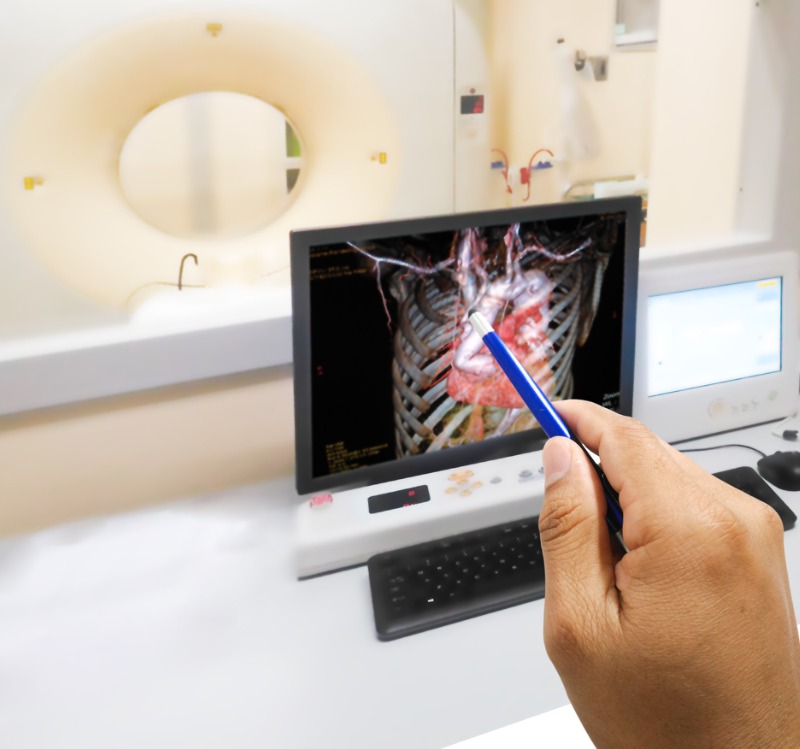Coronary Angiography
It is performed for the diagnosis of blocked arteries, for coronary artery and heart disease. X-Ray and a special dye are used to check the flow of blood through the patient’s heart. The procedure is done with cardiac catheterization.

